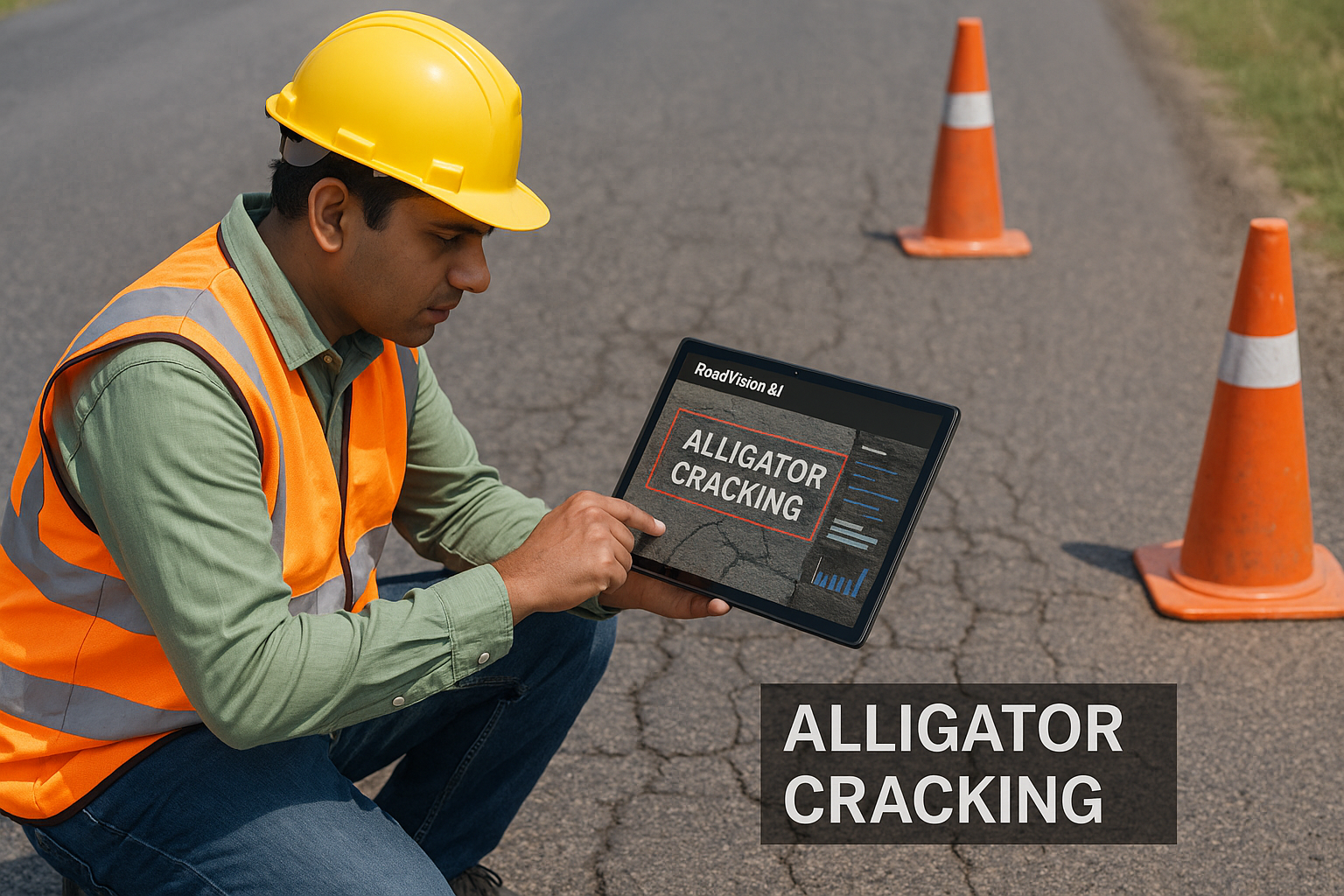Contact Us
RoadVision AI
Private Limited
Office No. 308 & 310, B Block
Ansal Chamber - 1, Bhikaji Cama Place,
Near Engineers India Limited (EIL) Bhawan, New Delhi - 110066
© 2024 | RoadVision AI | All rights reserved
India's road network, one of the largest in the world, demands rigorous standards for maintenance to ensure safety and longevity. Among these, the IRC Code 67 stands out as the cornerstone for managing bituminous road surfaces. This blog offers engineers, urban planners, and road agencies a comprehensive understanding of IRC 67 and its practical application in real-world scenarios.

IRC:82-2015, commonly referred to as IRC Code 67, is the Code of Practice for Maintenance of Bituminous Road Surfaces, developed by the Indian Roads Congress. It categorizes maintenance into routine, preventive, and periodic operations and provides standardized methods to assess pavement distress, severity, and the appropriate treatments.
Timely upkeep of road infrastructure:
In fact, the code notes that proper maintenance can offer economic returns of up to 15–20%, making it not only a technical necessity but an economic imperative.
Daily or frequent work like:
Performed before serious deterioration occurs. It includes:
Scheduled treatments like renewal coats depending on the condition, traffic intensity, and climate.
IRC 67 specifies use of:
To ensure public safety during ongoing works:
Implementing IRC 67 ensures:
When integrated with AI-powered road inspection tools like RoadVision AI, engineers can automate defect detection, measure distress severity, and recommend treatments aligned with IRC guidelines—resulting in smarter maintenance cycles.
RoadVision AI is revolutionizing road infrastructure development and maintenance with its innovative solutions powered by computer vision AI. By leveraging advanced technologies, the platform conducts comprehensive road condition monitoring and traffic surveys, enabling early detection of surface issues like potholes and cracks for timely repairs and enhanced roads. Through traffic congestion analysis, RoadVision AI provides data-driven insights to address traffic congestion challenges and optimize road usage. With a focus on building smarter and more efficient road infrastructure, RoadVision AI ensures full compliance with IRC Codes, helping engineers and stakeholders reduce costs, minimize risks, and improve road safety and transportation efficiency.
IRC Code 67 sets the guidelines for maintaining bituminous road surfaces through visual and technical methods. It is widely used by engineers and platforms like RoadVision AI for road inspection.
RoadVision AI enables automated crack detection, surface analysis, and distress classification in line with IRC 67 guidelines, helping road agencies make informed decisions.
IRC Code 67 recommends cold/hot mix patching, cleaning, and sealing edges. RoadVision AI helps pre-identify potholes with severity ratings for prioritization.